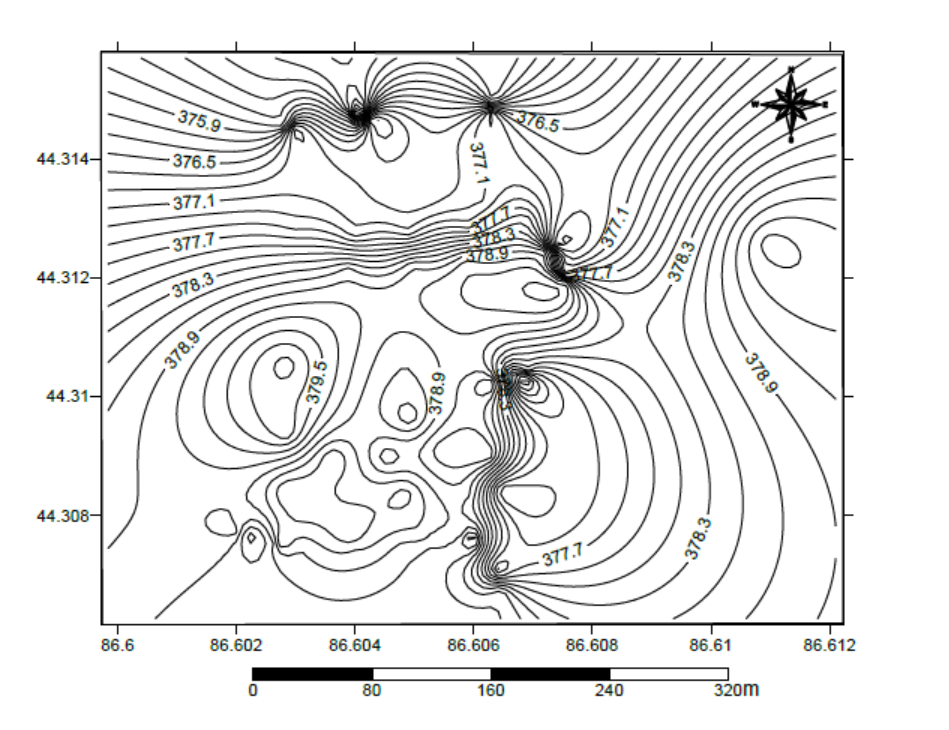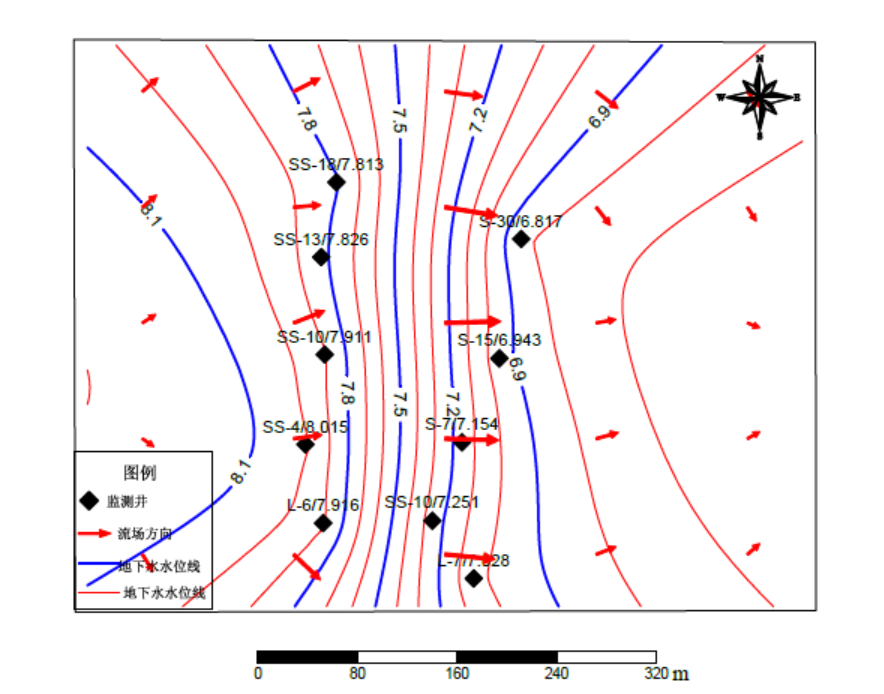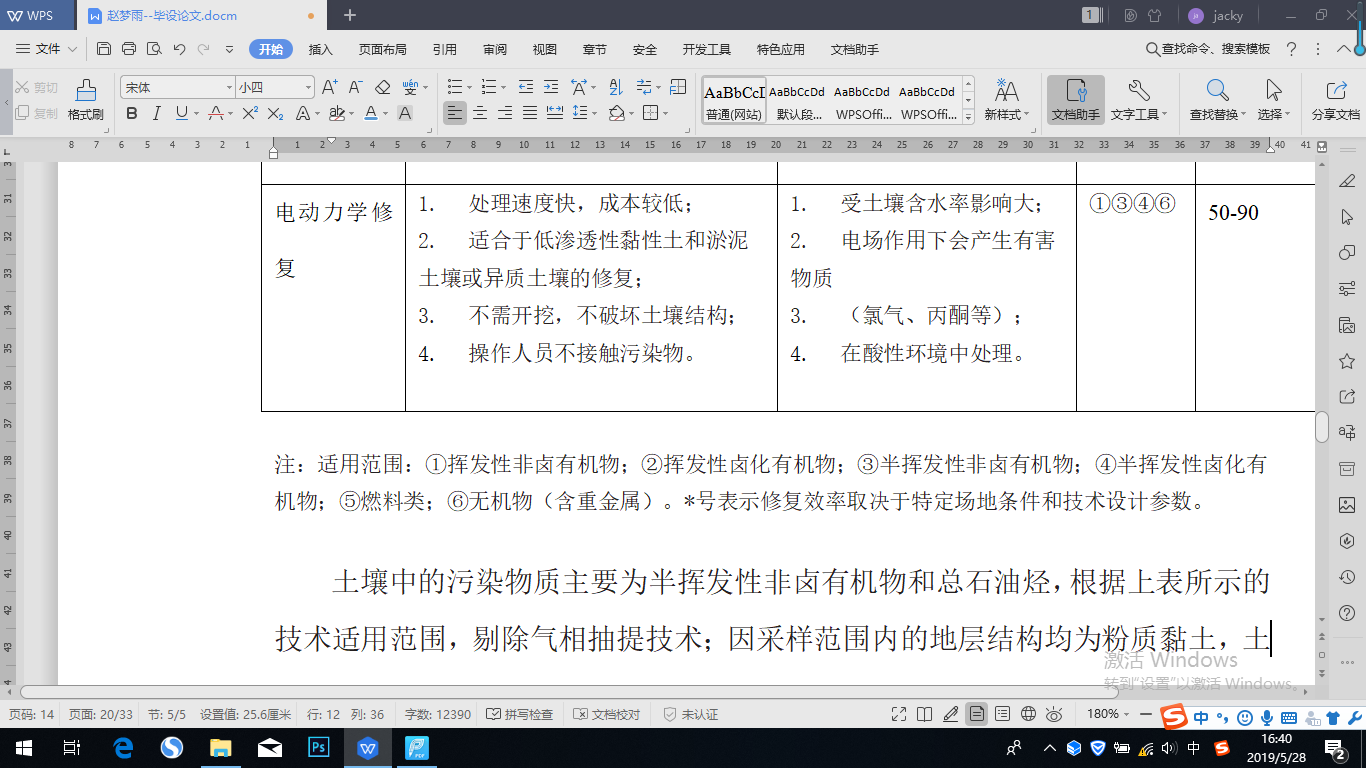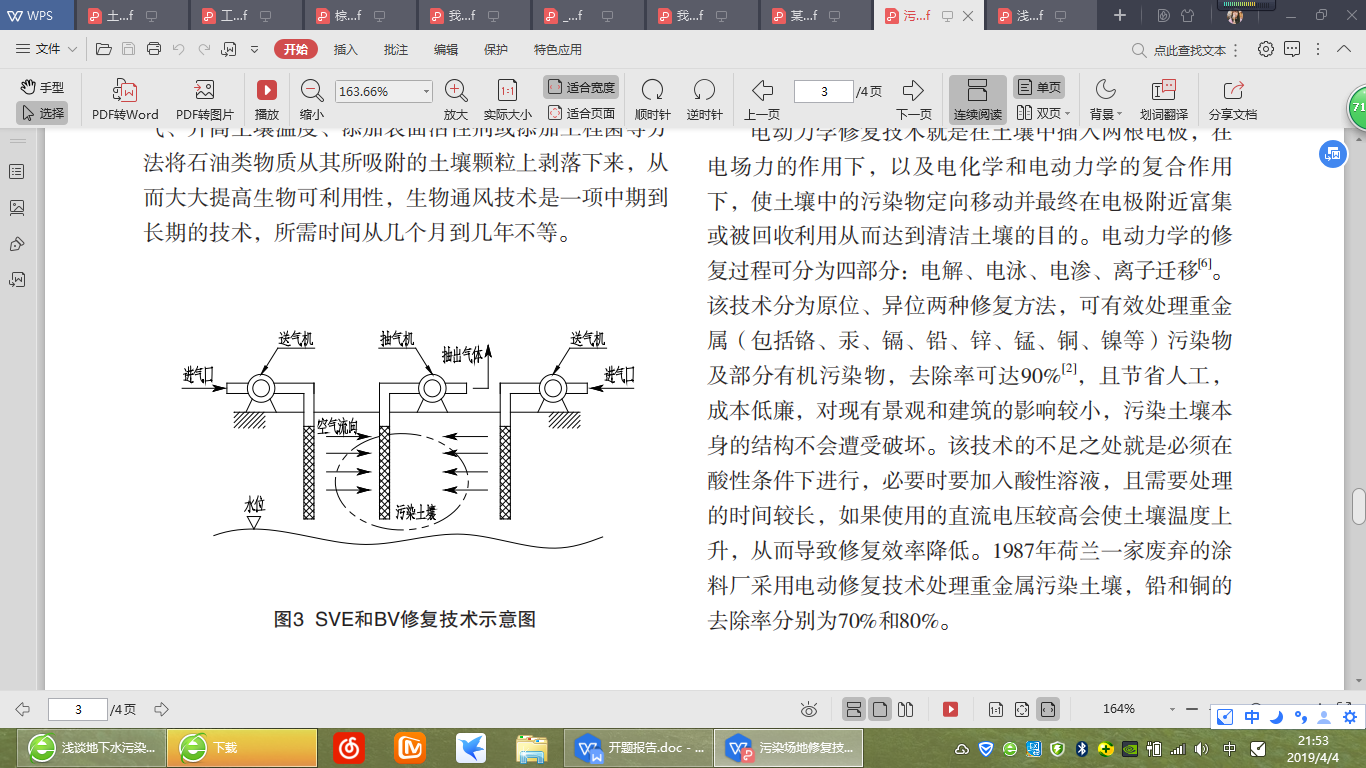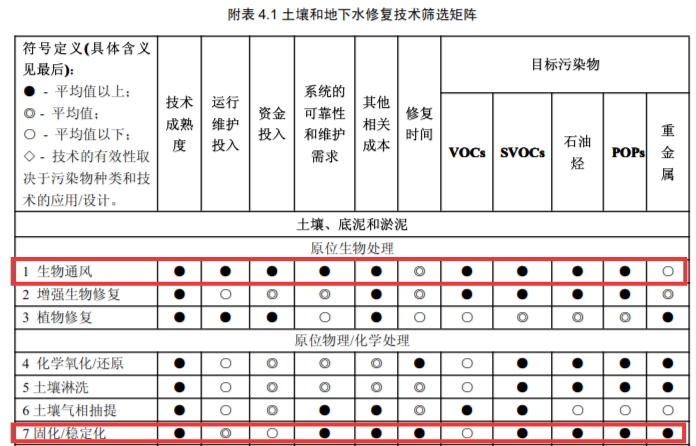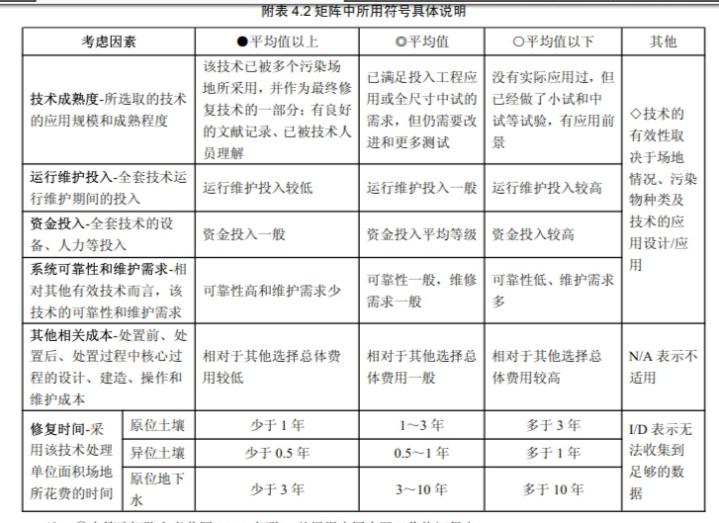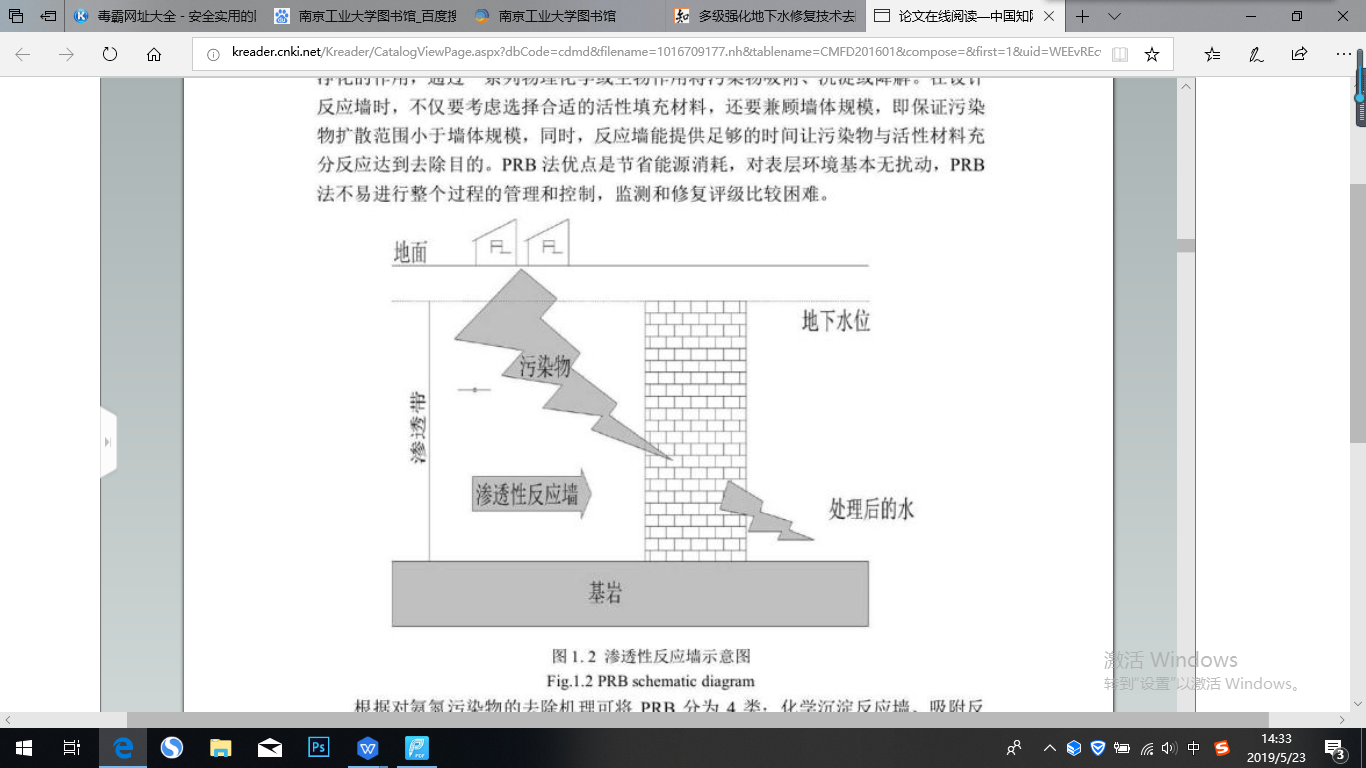某污染渗坑污染土壤、地下水联合毕业论文
2020-04-21 17:00:39
摘 要
本设计以北疆中部某县化工园区外的一个污染渗坑为背景,以污染土壤和地下水中的超标污染物为修复目标物,同时结合场地环境概况和水文地质条件,以场地未来使用规划用途为修复核心。通过查阅相关文献资料,按照国家发布有关手册的标准和技术,本着“科学性、可行性、安全性”的修复原则,对比筛选目前已有的修复技术,取长补短,加以融合改进,针对本场地选择最适合的修复技术。对于污染土壤,采用水泥固化稳定化技术,并结合使用生物黑炭、表面活性剂固化剂以及过硫酸钠三种不同类型的固化剂,弥补水泥固化剂的不足,通过协同作用进行修复;对于地下水污染,采用渗透性反应墙技术进行修复,其反应屏障所填充的介质为沸石和零价铁。
关键词:污染场地 非敏感用地 土壤修复 地下水修复
Design of a Combined Remediation Project for Contaminated Soil and Groungwater in a Contaminated Seepage Pit
Abstract
This design takes a pollution seepage pit outside a chemical park in a county in central northern Xinjiang as the background, takes the excessive pollutants in polluted soil and groundwater as the target material, and combines the general situation of site environment and hydrogeological conditions. Take the future use of the site as the core of the restoration. By consulting the relevant literature, according to the standards and techniques of the relevant manuals issued by the state, and in accordance with the repair principle of "scientific, feasible and safe", the existing repair technologies are compared and screened, so as to learn from each other's strengths and make up for their weaknesses and improve them. Select the most suitable repair technology for this site. For contaminated soil, cement curing and stabilization technology is adopted and used in combination. Three different types of curing agents, bioblack carbon, surfactants and sodium persulfate, make up for the shortcomings of cement curing agents and repair them by synergistic action. For groundwater pollution, permeable reaction wall technology is used to repair groundwater pollution, and the reaction barrier is filled with zeolites and zero-valent iron.
Key Words:Contaminated site;Non-sensitive land;Soil remediation;
Groundwater remediation
目 录
摘要 I
Abstract II
第一章 引言 1
第二章 场地污染概况 2
2.1 场地环境概况 2
2.2 调查结果分析 2
2.2.1 土壤调查结果分析 3
2.2.2 地下水调查结果分析 7
第三章 修复策略的选择 10
3.1 场地概念模型 10
3.2 场地修复目标 11
3.3 确定修复策略 12
第四章 修复技术备选和比选 13
4.1 土壤修复技术备选和比选 13
4.1.1 修复技术备选 13
4.1.2 修复技术比选 15
4.2 地下水修复技术备选和比选 16
4.2.1 修复技术备选 16
4.2.2 修复技术比选 19
第五章 修复方案 21
5.1 土壤修复方案--固化稳定化技术 21
5.1.1 固化稳定化药剂选择 21
5.1.2 工艺流程 26
5.1.3 关键设备及材料 26
5.2 地下水修复方案--渗透性反应墙技术 27
5.2.1 可渗透性反应屏障的选择 27
5.2.2 反应墙填料的选择 28
5.3 建议 28
第六章 环境管理计划 29
6.1 修复工程监理 29
6.2 二次污染防范 29
6.2.1 土壤二次污染防治 29
6.2.2 水污染防范 29
6.2.3 大气污染防范 29
6.2.4 噪声污染防范 30
6.3 工程验收监测 30
6.4 环境应急方案 30
6.4.1 运输阶段应急预案 30
6.4.2 人员中毒应急预案 31
6.4.3 环境污染事故应急预案 31
6.4.4 大风、雨天施工应急预案 31
结语 32
参考文献 33
致谢 34
- 引言
污染场地(污染的土壤和地下水)已经成为世界范围内普遍关注的环境问题,发达国家十分重视污染场地的控制与治理,已经成为经济社会可持续发展的重要内容之一。许多的发达国家在工业化进程中,经济快速发展的同时也带来了许多土壤污染和地下水污染的问题,像美国10%-30%的地下储存罐都有不同的泄漏程度,造成了极大的污染。对于国内而言,也存在很多情况会造成土壤和地下水的污染,像工业废渣、废水的随意排放,生活垃圾及生活废水的不合理排放等等。针对不同污染场地的特点,选择合适的控制与修复污染的方法和技术是我们当前面临的重要任务。
目前来看,针对已有的场地污染,很多修复技术已经已经被合理选择,并取得了一定的成功。修复污染土壤相关的固定稳定化技术、气相抽提技术、化学淋洗技术等等,以及修复污染地下水的检测自然衰减技术、渗透性反应墙技术、微生物修复技术等等,正在逐渐改善国内的场地污染状况。近年来,我国对污染场地的控制与治理也非常重视,但在污染场地调查、控制与修复理论技术等方面,还与发达国家有一定的差距,我们要清楚地认识到自己的不足,学习先进的经验,结合实际情况,研发经济高效的修复技术。
第二章 场地污染概况
相关图片展示:
